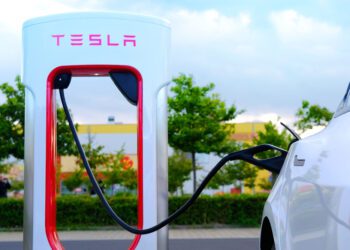The U.S. economy bounced back after shrinking in the first half of the year.
According to initial estimates released Thursday by the Bureau of Economic Analysis, gross domestic product increased at a 2.6% annualized rate during the third quarter after consecutive contractions of 0.6% and 1.6% in the second and first quarters, respectively.
Results for the third quarter were better than the 2.4% rate estimated by economists.
Growth was mostly driven by a rebalancing of imports and exports, with fewer foreign goods shipped to the U.S. The smaller trade gap added 2.77 percentage points to GDP growth, the most since the third quarter of 1980.
GDP results will likely have little impact on monetary policy since the Federal Reserve is waiting for September personal consumption expenditures price data and third-quarter labor cost numbers due on Friday. The Central bank is ahead of its Nov. 1-2 policy meeting, where another increase of interest rates is expected.
“With the Federal Reserve continuing to hike rates, and most of the impact of past rate hikes yet to be felt, this could be the last good report we see for a while,” said Dean Baker at the Center for Economic and Policy Research in a note.
The Fed has raised its benchmark interest rate from near zero in March to the current range of 3.00% to 3.25%.
Growth in consumer spending, which accounts for more than two-thirds of U.S. economic activity, slowed to a 1.4% rate from the April-June quarter’s 2.0% pace, the Bureau reported.












